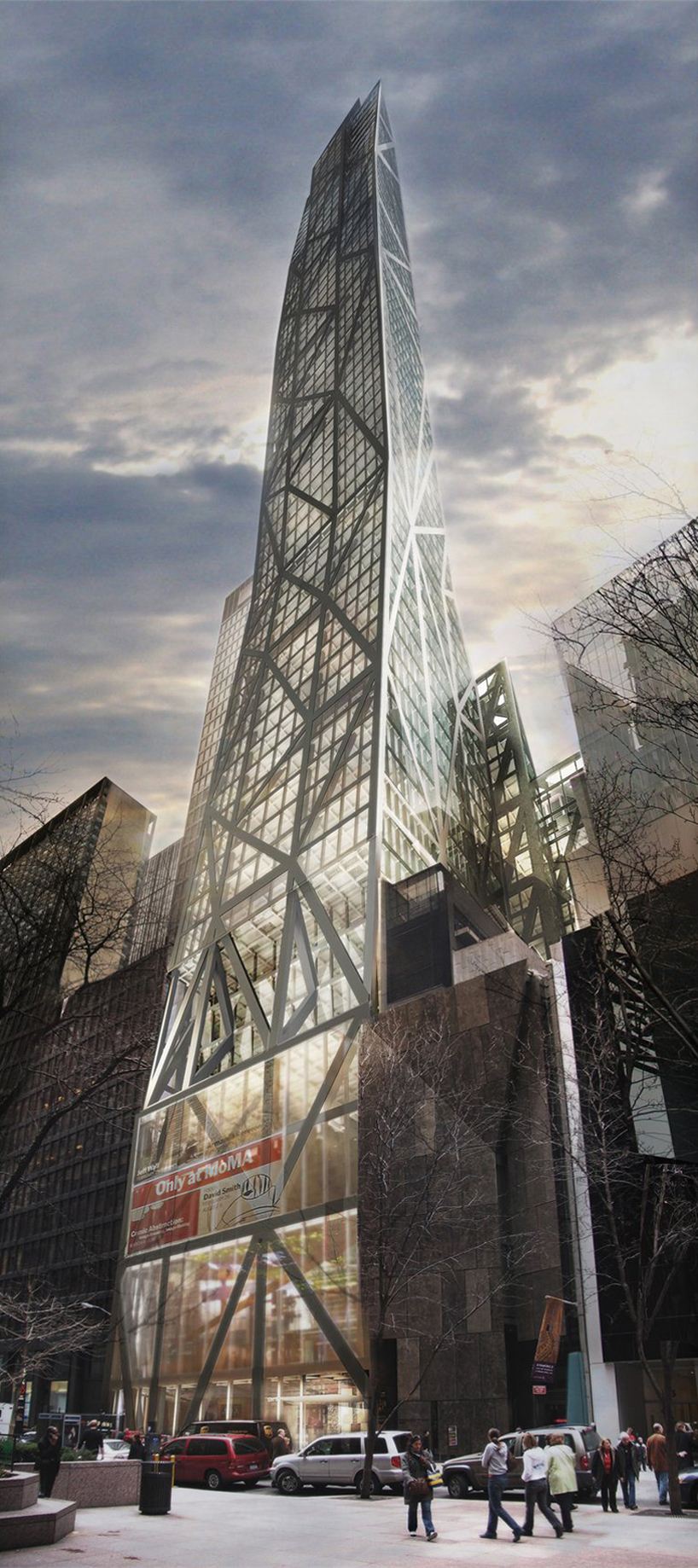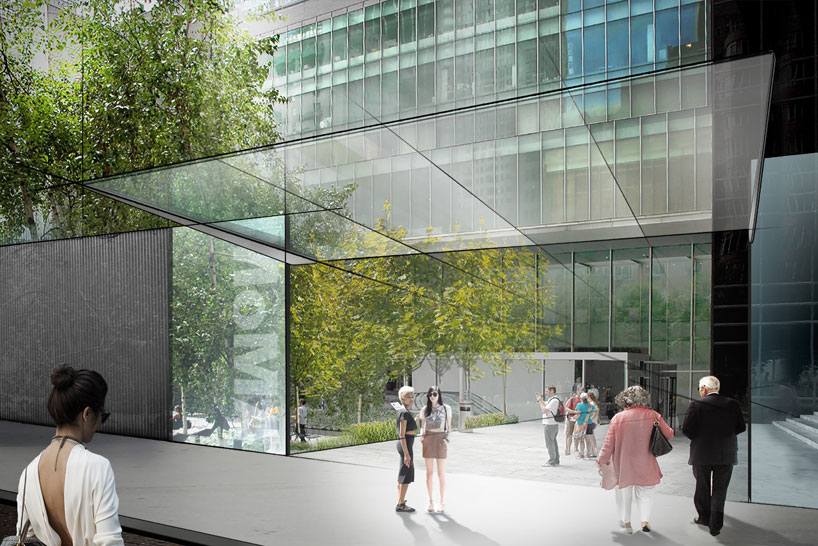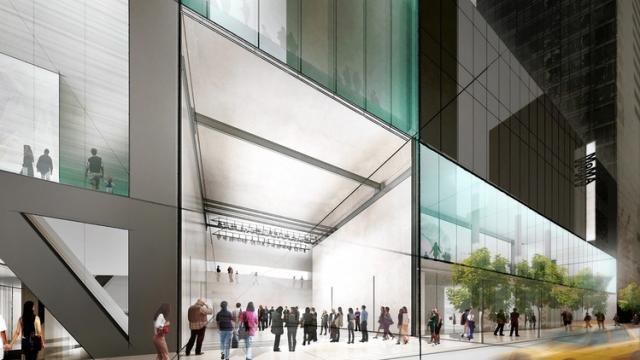This week, MoMA confirmed its plans to raze a neighbouring museum, creating a continuous connection to the luxury supertall going up next door.
The smaller museum is called the American Folk Art Museum, and it’s only been around since 2001 — it’s not even a tween. When MoMA announced it would take over the Folk Museum’s considerable debts and demolish the building, protests erupted over the idea that a notable piece of (very new) architecture was being razed just to make way for MoMA’s second major expansion in less than a decade. At the time, MoMA decided to reconsider.

The American Folk Art Museum, with MoMA to the right and the future location of Museum Tower to the left. Image: Andrew Burton/Getty Images.
This week, it announced its decision: The Folk Art Museum would go. It’s a difficult situation — the small building has its flaws, and some argue that its construction played a roll in bankrupting the Folk Art Museum in the first place. And MoMA must have a good reason, right?
Well, sort of. The tiny Folk Art Museum was the last remaining sliver of real estate separating MoMA from Jean Nouvel’s 1,050-foot-tall Museum Tower, a supertall that had been stalled until a coalition of Asian banks dropped $US1 billion on it in October. Construction will now begin this year:

The Museum Tower, with the Folk Art Museum on the right, in a rendering made before the decision to tear it down.
By destroying the smaller museum, MoMA will flow seamlessly into the luxury skyscraper — which will contain 36,000 square feet of gallery space for MoMA. The block is destined to become a solid glass wall of art museum-slash-luxury-residences-and-amenities.

I’m not one for nostalgia. In New York, even the best buildings are doomed to a short life — it’s part of the city’s culture. What’s more depressing is the sight of MoMA — a museum that most of us grew up thinking of as a place run by people who are just as in love with great art and design as we were — steadily transforming from a haven into super-successful corporation. As MoMA director Glenn Lowry told Vanity Fair‘s Paul Goldberger, “we are a victim of our own success.”
A few weeks ago, The Rap Insider published a satirical post skewering Jay-Z, entitled Rapper Jay Z Found Dead Inside At 43:
“One minute he was doing great, producing lyrical dynamite full of incisive social commentary and witticisms,” remembers Christopher Wallace, AKA The Notorious B.I.G, whose soul remains alive despite his death in 1997. “The next, he was an empty suit, laying face-down in a puddle of champagne and corporate sponsorships.”
“Picasso Brooklyn Nets Rothko Barclays Bugatti Samsung,” said Jay Z in catatonia above a snare drum and Justin Timberlake accompaniment. “MoMA MoMA Upper West Side.”
It’s easy to see a parallel between Jay Z and MoMA, despite how absurd such a comparison might sound: They are both much-loved cultural institutions that came of age during some of New York’s bleakest decades. Now, they are reaping the benefits of the new city, turning their cred as artists (or promoters of artists) into real estate and sponsorship empires. Can we blame them?
